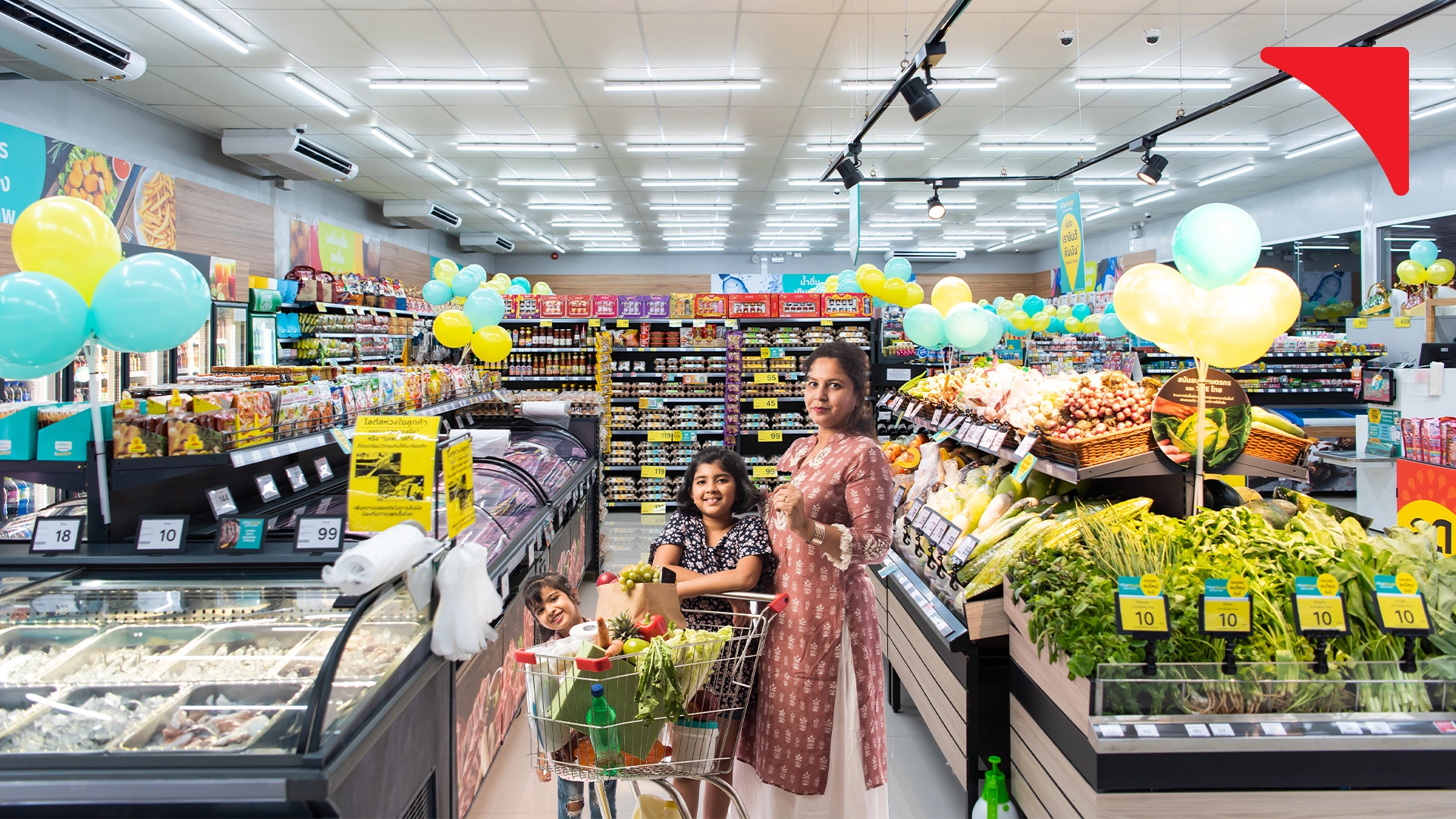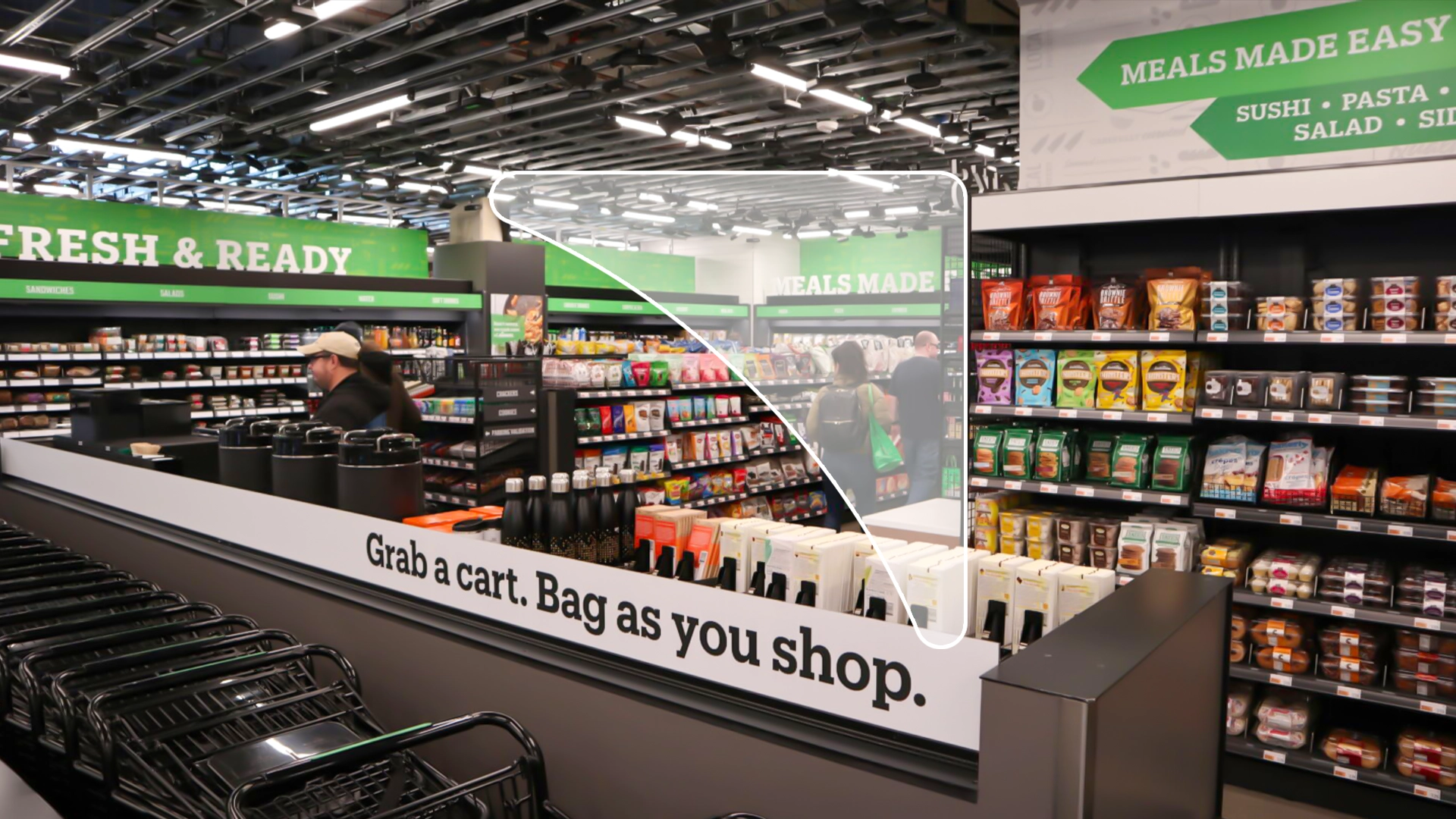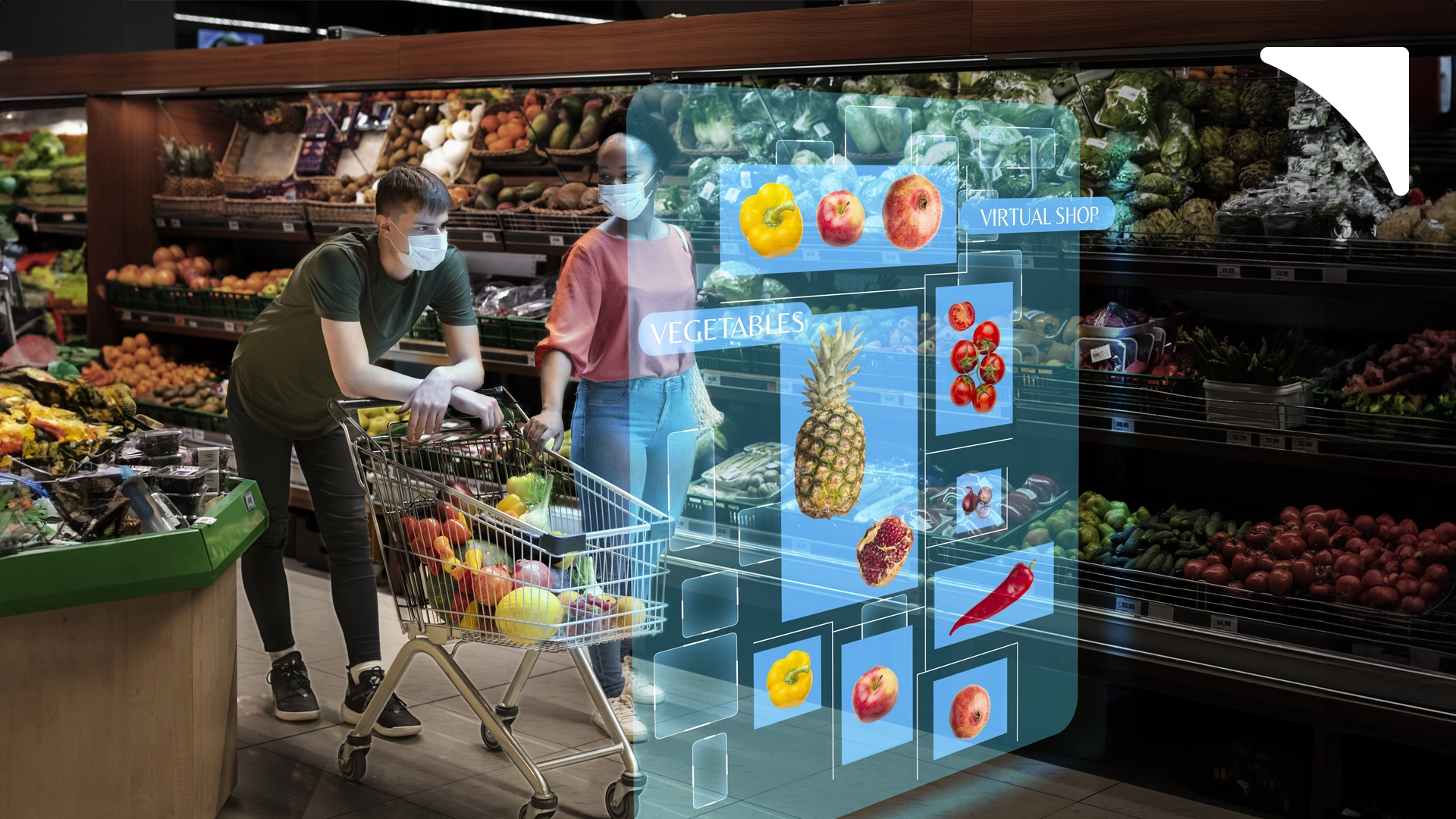UNDERSTANDING THE SCIENCE OF SUPERMARKET DESIGN

The Indian market of supermarkets might have had a strong influence from the Western front, but the impressions are majorly Indian. It began with roadside pop & mom Kirana stores, serving people from two to three blocks in a middle-middle and upper-middle-class locality. Today, it is a dazzling retail outlet serving people across all sections and statuses.
The growth of modern retailing in India dates back to when Tata Group launched the first-ever department store, StarBazaar, during the 20th Century period. From then to now, the sight of supermarkets has drastically transformed, courtesy to the digitally native consumers who seek more meaningful discoveries inside a typical grocery store. The feature of the functional necessity of this retail segment demands experiential moments and discoveries.
A typical Indian consumer's day out at a department store is similar to a family's day out together. It is when all the essential choices about health have been made while walking into an aisle and before picking a product from the shelf. As retailers and marketers, knowing this psychological principle's impact on consumer behavior and attitude makes one grocery store more successful than the other.
The significant contribution comes from the store layout and design, which comes with an ability to stimulate people's senses with their feet inside the store. However, the current market of supermarkets is a new wave of opportunities, with retailers bringing global retail design agencies into the picture and turning over a new leaf for department stores, marking it as an innovation analogous to others popping up in the retail industry.
Designing the Change in Supermarkets with Human Psychology

Retail has always surfaced the functionality and purpose design principle, emphasizing producing more human-centric experiences. Supermarkets are no different in this context; only the placement of products, shelves, fixtures, and layouts have their distinct role compared to other retail segments.
The extension of innovation in retail might have been the answer to the onslaught of the pandemic. Still, currently, it is a benchmark set for all grocery or large department stores to expect to taste the sweet taste of victory. From curbside pickups to self-checkout sections, design and tech innovation amalgamates to make things convenient and experiential because it creates a value impact throughout consumer touchpoint inside the store.
Conventionally, the threshold of a supermarket has the placement of grocery, bakery, and other fresh produce, causing an immediate sense of smell to attract the consumer. Presently, the strategy puts forth the convenience of packed or ready-to-eat meals, which aligns with the modern eon's sense of flexibility and comfort of on-to-go food habits. Hence, the new supermarket has a more flexible store design making up for perfect navigation inside the store for all the moments of discovery.
The Concept of Experiential Supermarket Design

While we have come to talk about the experiences of the newly-emerged supermarket concept, it has more to do with educating the consumers who want a better view into their food-buying decision and other commodities from day-to-day life. With a swifter approach to what consumers seek from the retailers, there would be an introduction to certain seasonal sections catering to the market's preference for the specific season.
For instance, winter would be all about sweets and dry fruits that entice people. From micro taste sections to recipe cookbooks and more, buying groceries or other living miscellaneous should become another adventure. Besides, technology is pivoted to how retailers would want the consumers to step find info about products, the availability of items inside the store, and the fundamental component, a faster self-checkout payment section- it would be all AI-enabled.
The design pays off when it is intuitive. Since it has changed retail, there is no coming back from it. From graphics to signage, all contribute to an immersive experience inside a supermarket, but more importantly, it influences the psychology of the consumer, prompting them to buy. The science of this retail segment is changing, and it will continue to evolve and make a new paradigm.